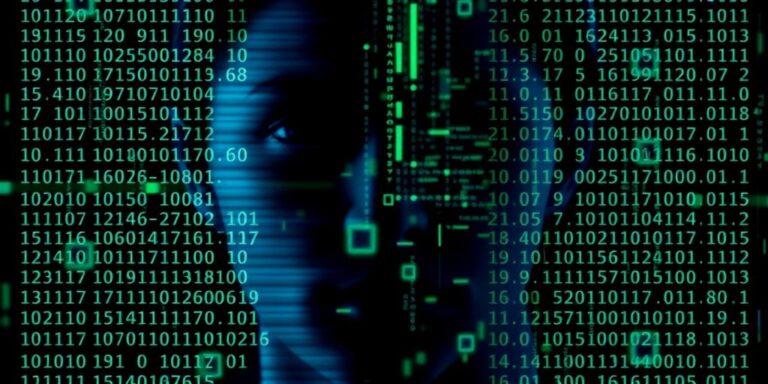Deepfakes and Disinformation: The Next Wave of Cyber Warfare (2025+)
As we advance further into the 21st century, the landscape of cyber warfare is rapidly evolving. The emergence of sophisticated technologies like deepfakes is poised to redefine the strategies and tactics employed in digital conflicts. By 2025 and beyond, deepfakes are expected to become a significant tool for spreading disinformation, manipulating public opinion, and undermining trust in institutions. This article explores the potential impact of deepfakes on cyber warfare and the measures needed to counter this growing threat.
Understanding Deepfakes
Deepfakes are synthetic media in which a person in an existing image or video is replaced with someone else’s likeness. Powered by artificial intelligence, particularly deep learning techniques, these fabrications can convincingly mimic a real person’s appearance, voice, and mannerisms. The technology has rapidly advanced, making it increasingly difficult to distinguish deepfakes from authentic content.
The Threat Landscape
The use of deepfakes in cyber warfare presents several alarming possibilities:
- Political Manipulation: Deepfakes can be used to create fabricated videos of political leaders making inflammatory statements or engaging in compromising behavior. Such content can influence elections, destabilize governments, and sow discord among populations.
- Economic Sabotage: Corporations could be targeted with deepfake videos of executives making damaging remarks, leading to stock market crashes, loss of investor confidence, and reputational damage.
- Social Engineering: Deepfakes can be used to impersonate trusted individuals to gain access to sensitive information or systems. This could involve creating fake video calls or messages from superiors instructing subordinates to perform certain actions.
- Psychological Operations: Deepfakes can be deployed to undermine public trust in media and institutions. By creating a sense of uncertainty about what is real and what is fake, adversaries can erode the foundations of informed decision-making.
Case Studies and Scenarios
To illustrate the potential impact of deepfakes, consider the following scenarios:
- The 2028 Presidential Election: A week before the election, a deepfake video surfaces showing a candidate making disparaging remarks about a key demographic. Despite being debunked, the video goes viral, influencing voter sentiment and potentially altering the election outcome.
- The Corporate Espionage Attack: A deepfake video of a company’s CEO is used to trick an employee into divulging sensitive trade secrets, resulting in significant financial losses and competitive disadvantage.
- The International Crisis: A deepfake video of a world leader announcing a false declaration of war sparks international tensions and escalates into a diplomatic crisis.
Countermeasures and Defense Strategies
Combating the threat of deepfakes requires a multi-faceted approach involving technological solutions, policy frameworks, and public awareness campaigns:
- Detection Technologies: Developing advanced AI-based tools to detect deepfakes is crucial. These tools can analyze videos and images for inconsistencies and anomalies that indicate manipulation.
- Blockchain Verification: Utilizing blockchain technology to verify the authenticity of media content can provide a tamper-proof record of its origin and integrity.
- Media Literacy Education: Educating the public about deepfakes and how to identify them is essential. This includes teaching critical thinking skills and promoting skepticism towards online content.
- Policy and Regulation: Governments and international organizations need to establish legal frameworks to address the creation and dissemination of deepfakes. This includes holding perpetrators accountable for malicious use of the technology.
- Collaboration and Information Sharing: Cooperation between governments, tech companies, and research institutions is necessary to share information about deepfake threats and develop effective countermeasures.
The Future of Cyber Warfare
Deepfakes represent a significant escalation in the tactics of cyber warfare. As the technology becomes more sophisticated and accessible, the potential for misuse will only increase. By understanding the threat landscape and implementing proactive defense strategies, we can mitigate the risks and protect against the harmful effects of deepfakes. The time to act is now, to ensure that truth and trust are not the casualties of this new wave of digital conflict.
Conclusion
The rise of deepfakes poses a complex and evolving challenge to cybersecurity and societal stability. As we look to the future, it is imperative that we invest in technologies and strategies to detect, prevent, and respond to deepfake-driven disinformation campaigns. Only through a concerted effort can we hope to safeguard the integrity of information and maintain trust in an increasingly digital world.




